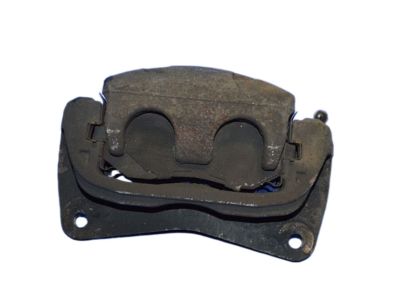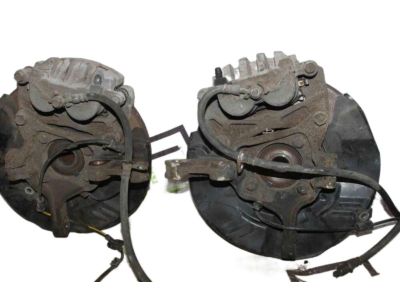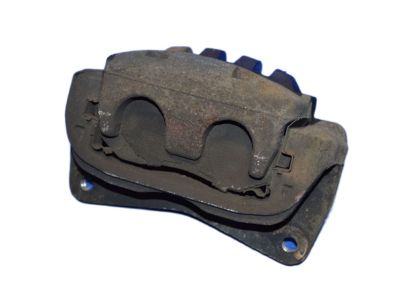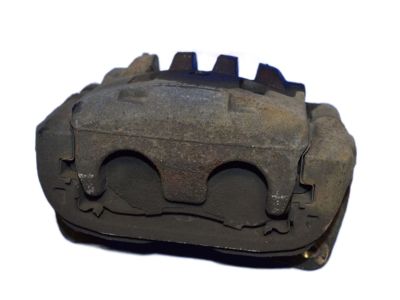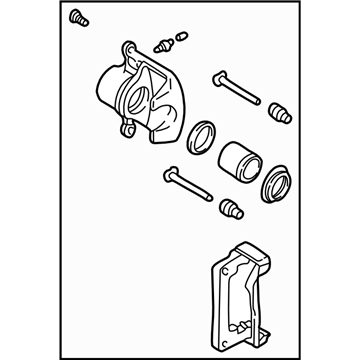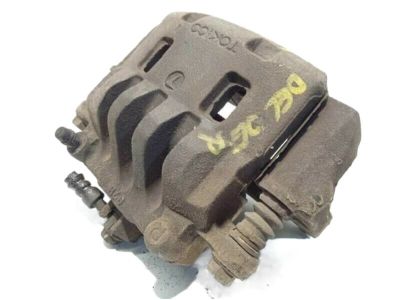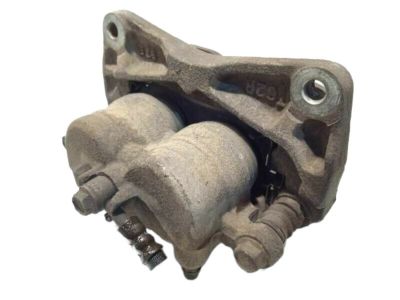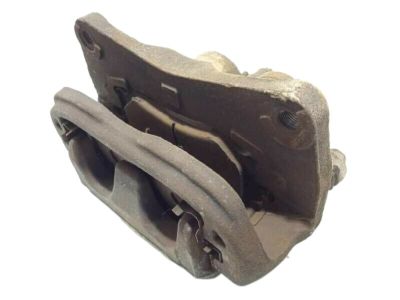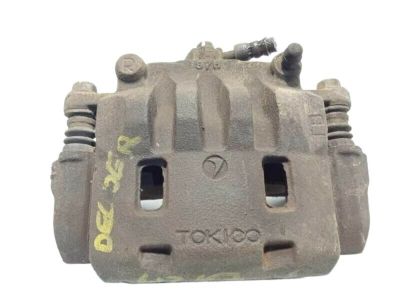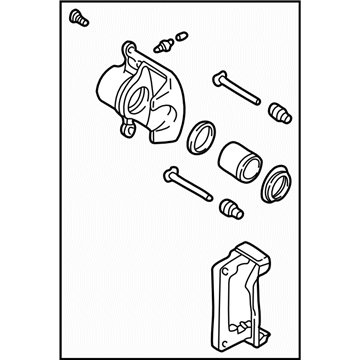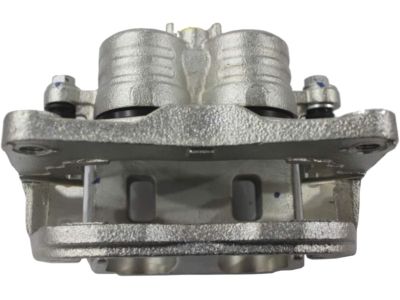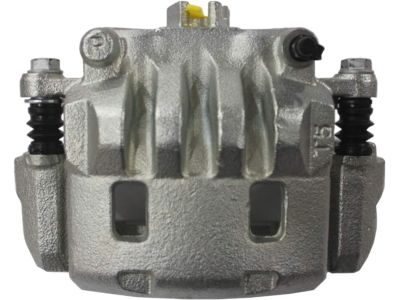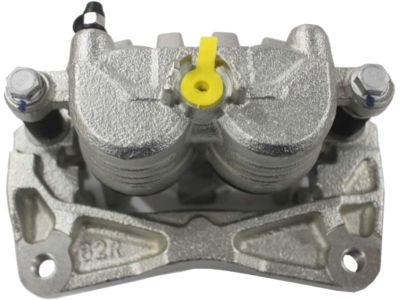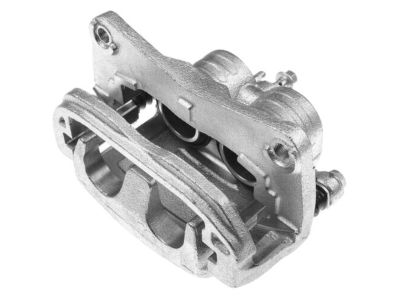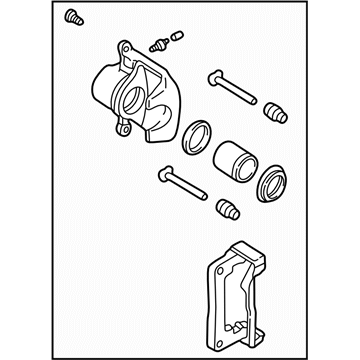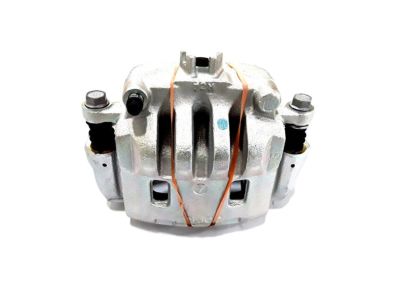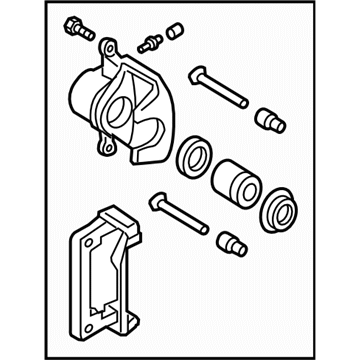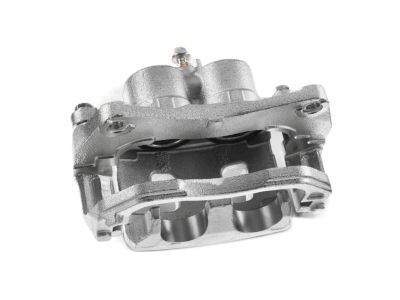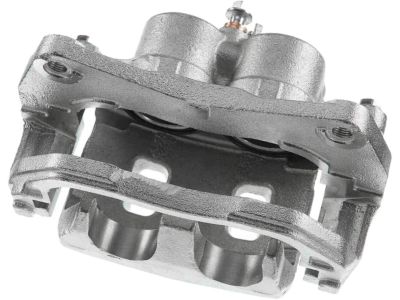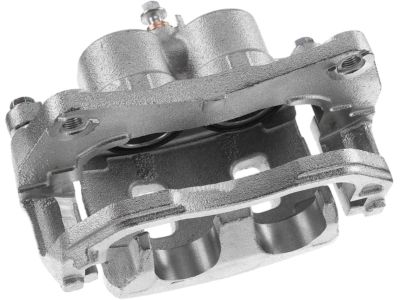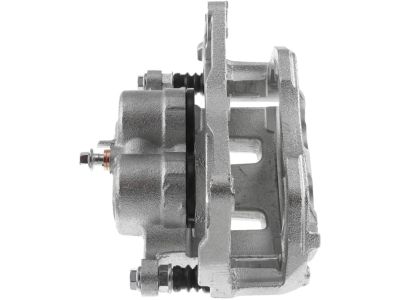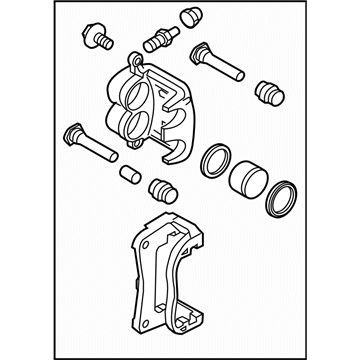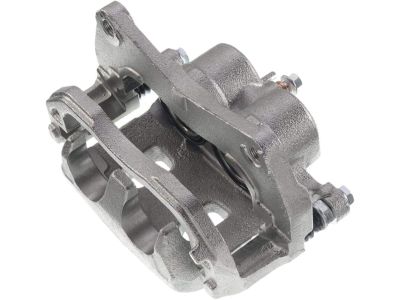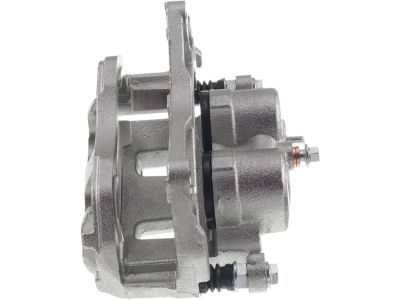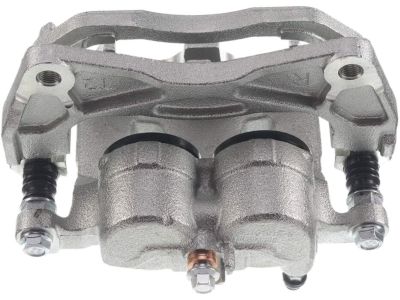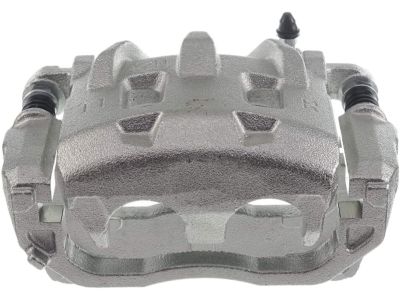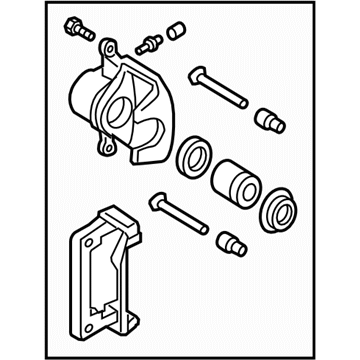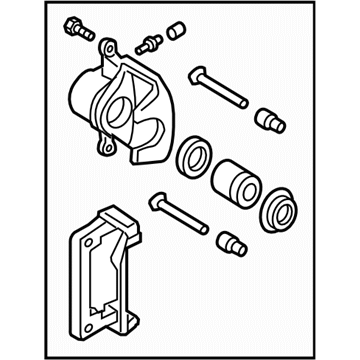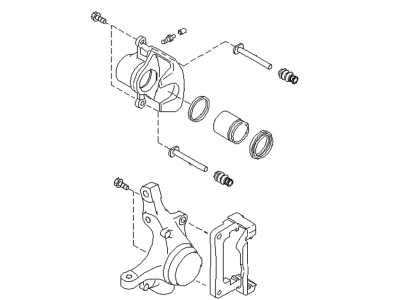×
- Hello
- Login or Register
- Quick Links
- Live Chat
- Track Order
- Parts Availability
- RMA
- Help Center
- Contact Us
- Shop for
- Subaru Parts
- Subaru Accessories


My Garage
My Account
Cart
Genuine Subaru Legacy Brake Caliper
Caliper- Select Vehicle by Model
- Select Vehicle by VIN
Select Vehicle by Model
orMake
Model
Year
Select Vehicle by VIN
For the most accurate results, select vehicle by your VIN (Vehicle Identification Number).
38 Brake Calipers found

Subaru Legacy Disk Brake Kit Pad Less Front
Part Number: 26292SA011$229.71 MSRP: $335.83You Save: $106.12 (32%)Ships in 1-3 Business Days
Subaru Legacy Disk Brake Kit Pad Less Front
Part Number: 26292SA001$229.71 MSRP: $335.83You Save: $106.12 (32%)
Subaru Legacy Disk Brake Kit Front Right
Part Number: 26292AE06B$229.71 MSRP: $335.83You Save: $106.12 (32%)Ships in 1-3 Business Days
Subaru Legacy Disk Brake Kit LH Front
Part Number: 26292AE07B$229.71 MSRP: $335.83You Save: $106.12 (32%)Ships in 1-3 Business Days
Subaru Legacy Disk BRK Kit Pad Less FRO
Part Number: 26292AG051$199.01 MSRP: $290.95You Save: $91.94 (32%)Ships in 1-2 Business Days
Subaru Legacy Disk BRK Kit Pad Less FRO
Part Number: 26292AG041$199.01 MSRP: $290.95You Save: $91.94 (32%)Subaru Legacy Disk Brake Kit Front LH
Part Number: 26292AL010$205.20 MSRP: $300.00You Save: $94.80 (32%)Ships in 1-3 Business DaysSubaru Legacy Disk Brake Kit Front RH
Part Number: 26292AL02A$215.43 MSRP: $314.95You Save: $99.52 (32%)Ships in 1-3 Business DaysSubaru Legacy Disc Brake Kit Front RH
Part Number: 26292AE06A$229.71 MSRP: $335.83You Save: $106.12 (32%)Ships in 1-2 Business DaysSubaru Legacy Disc Brake Kit Front LH
Part Number: 26292AE07A$229.71 MSRP: $335.83You Save: $106.12 (32%)Ships in 1-2 Business DaysSubaru Legacy Disk Brake Kit RH
Part Number: 26292SA000$229.71 MSRP: $335.83You Save: $106.12 (32%)Ships in 1-3 Business DaysSubaru Legacy Disc Brake Kit Front RH
Part Number: 26292AE04A$194.91 MSRP: $284.95You Save: $90.04 (32%)Ships in 1-3 Business DaysSubaru Legacy Disc Brake Kit Front LH
Part Number: 26292AE05A$194.91 MSRP: $284.95You Save: $90.04 (32%)Ships in 1-3 Business DaysSubaru Legacy Disk Brake CALIPER Front RH
Part Number: 26292AJ00A$200.15 MSRP: $292.62You Save: $92.47 (32%)Ships in 1-3 Business DaysSubaru Legacy Disk Brake CALIPER Front LH
Part Number: 26292AJ01A$200.15 MSRP: $292.62You Save: $92.47 (32%)Ships in 1-3 Business DaysSubaru Legacy Disk Brake Kit
Part Number: 26291AC001$211.80 MSRP: $309.65You Save: $97.85 (32%)Ships in 1-3 Business DaysSubaru Legacy Disk Brake Kit Front LH
Part Number: 26291AC010$211.80 MSRP: $309.65You Save: $97.85 (32%)Ships in 1-3 Business DaysSubaru Legacy Disk Brake Kit
Part Number: 26291AC011$211.80 MSRP: $309.65You Save: $97.85 (32%)Ships in 1-3 Business DaysSubaru Legacy Disk Brake Kit
Part Number: 26291AC021$211.80 MSRP: $309.65You Save: $97.85 (32%)Ships in 1-3 Business DaysSubaru Legacy Disk Brake Kit
Part Number: 26291AC031$211.80 MSRP: $309.65You Save: $97.85 (32%)Ships in 1-3 Business Days
| Page 1 of 2 |Next >
1-20 of 38 Results
Subaru Legacy Brake Caliper
Our website stands as the go-to online destination for OEM Subaru Legacy Brake Caliper. With complete lines of genuine Subaru Legacy Brake Caliper available at unbeatable market prices, we ensure top quality, reliability, and durability. Each part comes backed by the manufacturer's warranty, reinforcing your trust in our offerings.
Subaru Legacy Brake Caliper Parts Questions & Experts Answers
- Q: How to Replace Brake Calipers in Pairs on a Subaru Legacy?A:When replacing calipers, always replace them in pairs (front/front, rear/rear). It is not recommended to change one only. REMOVAL:Raise either front or rear of your vehicle and support it safely on jack stands after loosening the wheel lug nuts. If you are working on the rear brakes, release the parking brake lever at this point. First, take out the disk brake pads. Have a container under the caliper and ready with some rags for any spilt brake fluid that might occur. Take off the brake hose-to-caliper banjo bolt. Then plug this hose so as to avoid contaminants from entering into hydraulic system of brakes as well as prevent fluid from leaking through it. Unscrew and put aside the caliper from its support bracket that holds it in place during braking force application INSTALLATION: Fix in place brake pads/linings facing their friction surface towards each other when assembling them in a caliper assembly or carrier plate used with drum-type drums ,Before fitting the caliper assembly on its own support, clean up both lock pin and guide pin of caliper followed by smearing high-temperature grease onto those pins. Assemble back again a new reconditioned caliper; then connect a brake line if needed to be linked once more to this same unit using fresh seals against washers along with tightening up banjo bolt & calliper bolts tightly enough ,Make sure that you finish bleeding out all air bubbles within entire hydraulic system by progressively pumping pedal until it feels firm under foot.
Related Subaru Legacy Parts
Browse by Year
2019 Brake Caliper 2018 Brake Caliper 2017 Brake Caliper 2016 Brake Caliper 2015 Brake Caliper 2014 Brake Caliper 2013 Brake Caliper 2012 Brake Caliper 2011 Brake Caliper 2010 Brake Caliper 2009 Brake Caliper 2008 Brake Caliper 2007 Brake Caliper 2006 Brake Caliper 2005 Brake Caliper 2004 Brake Caliper 2003 Brake Caliper 2002 Brake Caliper 2001 Brake Caliper 2000 Brake Caliper 1999 Brake Caliper 1998 Brake Caliper 1997 Brake Caliper 1996 Brake Caliper 1995 Brake Caliper 1994 Brake Caliper 1993 Brake Caliper 1992 Brake Caliper
